Inventors who regretted their inventions
Inventions have shaped our world, often bringing about revolutionary changes. However, the inventors behind these creations sometimes face unforeseen consequences. It’s a fascinating and cautionary tale of innovation, where the very tools meant to aid humanity can become sources of regret for their creators. This article delves into stories of inventors who, despite their best intentions, found their creations leading down unexpected paths.
The Unexpected Burden of Creativity

Creativity is a powerful force, driving progress and innovation. Yet, for some inventors, this gift comes with a heavy burden. The thrill of discovery can be overshadowed by the unforeseen impacts of their inventions. This duality highlights the complex nature of innovation, where the potential for good is sometimes matched by unintended harm. It’s a reminder that the journey of invention is fraught with challenges and moral dilemmas.
Alfred Nobel: The Explosive Legacy of Dynamite
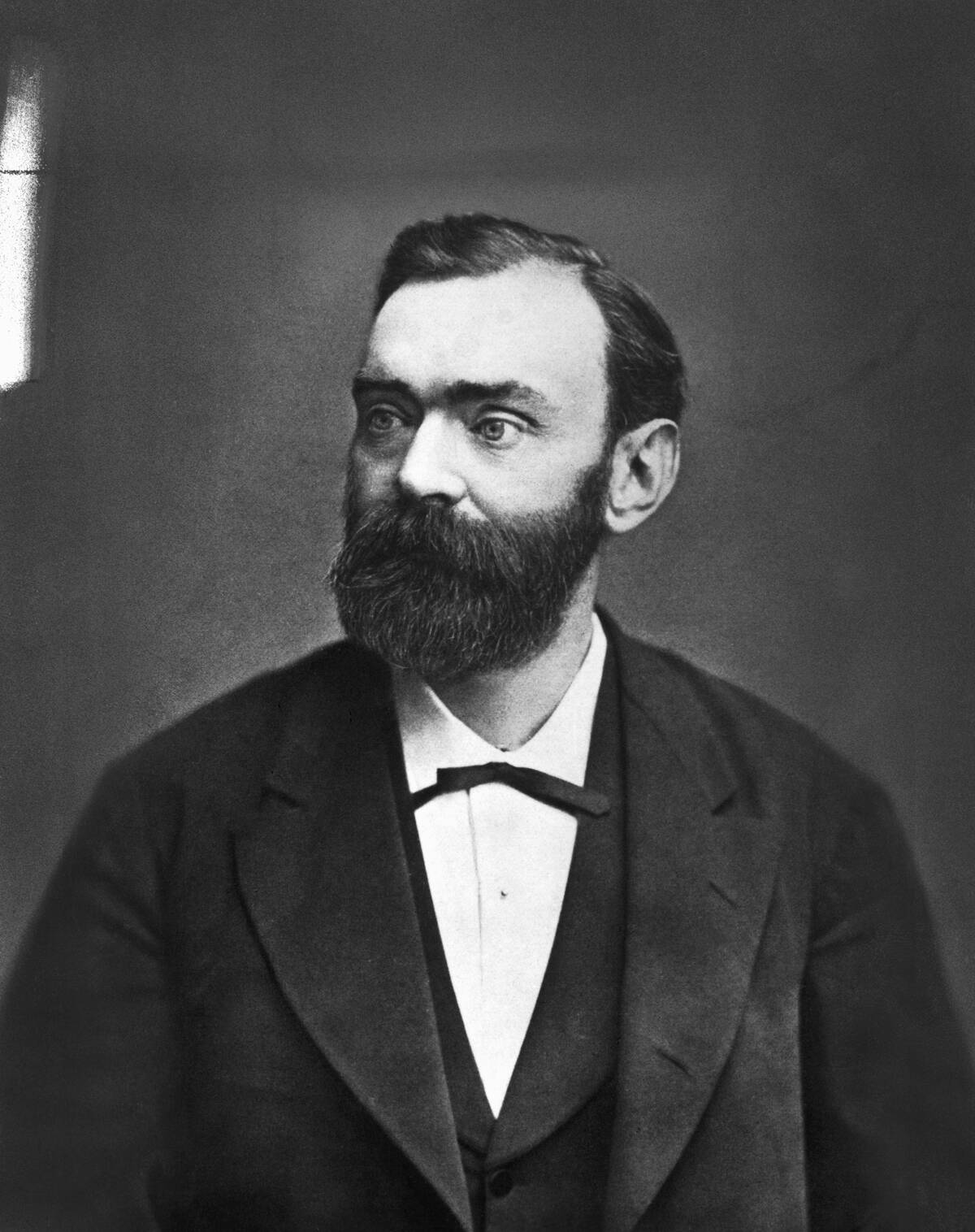
Alfred Nobel, known for inventing dynamite, hoped to revolutionize construction and mining. However, his creation also became a tool of war and destruction. This led to Nobel’s deep regret and eventually inspired him to establish the Nobel Prizes. His story is a poignant example of how an invention intended to simplify life can be co-opted for darker purposes, demonstrating the unpredictable nature of technological advancements.
The Regretful Tale of Mikhail Kalashnikov and the AK-47
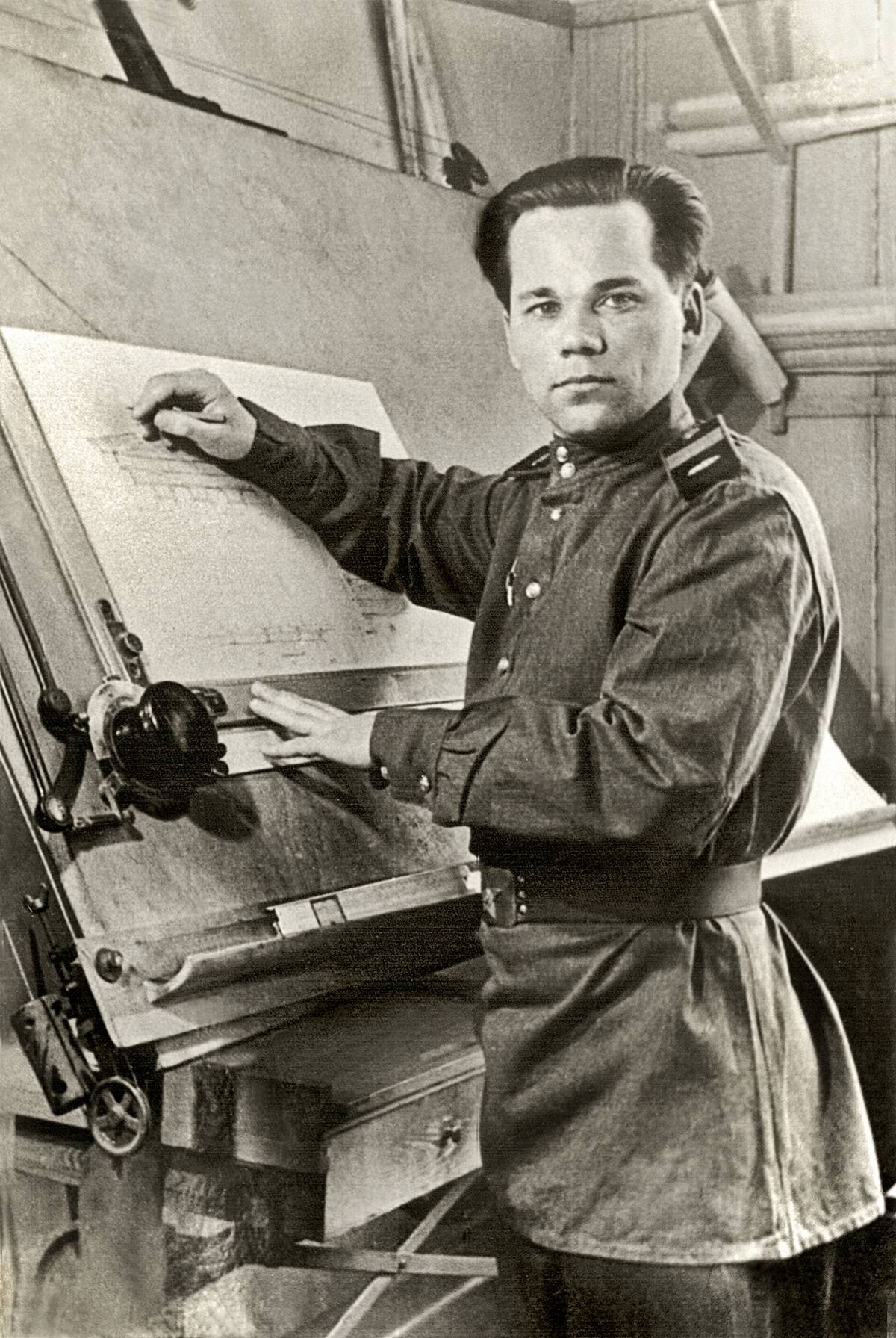
Mikhail Kalashnikov designed the AK-47 to defend his country, but it became one of the most widely used weapons in conflicts worldwide. As the rifle’s notoriety grew, Kalashnikov expressed sorrow for the lives it claimed. His invention, meant to protect, became synonymous with violence and warfare. This tale underscores the irony of innovation, where a tool for good can become a symbol of conflict.
Robert Propst: Rethinking the Cubicle
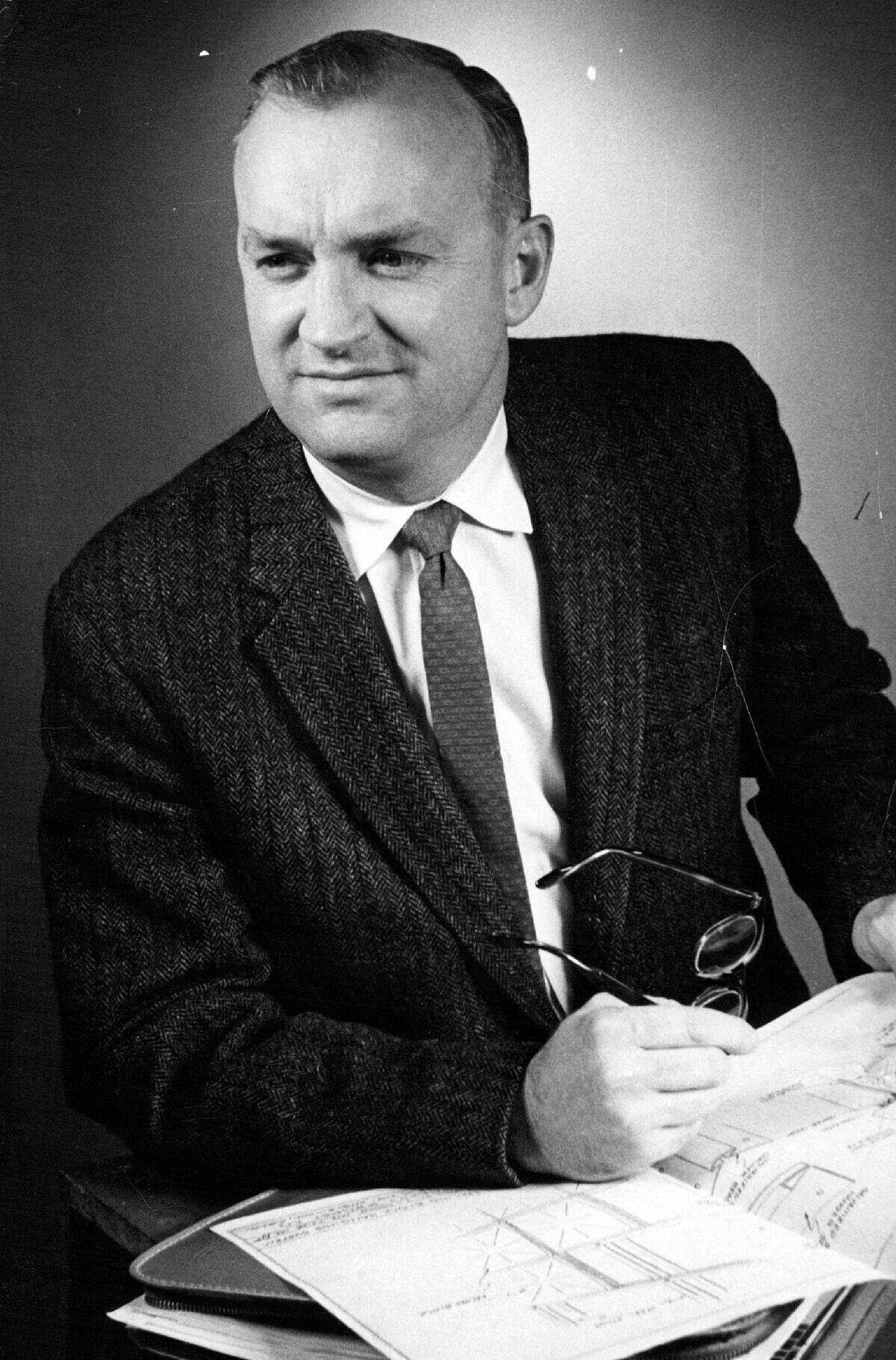
Robert Propst envisioned the cubicle as a way to improve productivity and comfort in the workplace. However, it became a symbol of drudgery and monotony. Propst’s design, intended to foster creativity, often led to the exact opposite. This serves as a reminder of how intentions can be lost in translation, transforming a well-meaning invention into an emblem of workplace dissatisfaction.
Tim Berners-Lee: The World Wide Web’s Unintended Consequences

Tim Berners-Lee created the World Wide Web to facilitate information sharing, but it also gave rise to privacy issues and misinformation. Berners-Lee has voiced concerns about data misuse and the internet’s direction. His story highlights the complex repercussions of connectivity, where a tool designed to unite can also divide. It’s a testament to the unforeseen challenges accompanying global digital transformation.
Ethan Zuckerman: The Birth of the Pop-Up Ad

Ethan Zuckerman invented the pop-up ad as a way to separate advertisements from content, but it quickly became a source of internet annoyance. Regretting its prevalence, Zuckerman acknowledged the unintended frustration it caused users. This illustrates how a seemingly minor innovation can spiral into a widespread nuisance, reminding us of the delicate balance between user experience and monetization in digital spaces.
The Sorrows of J. Robert Oppenheimer and the Atomic Weapon
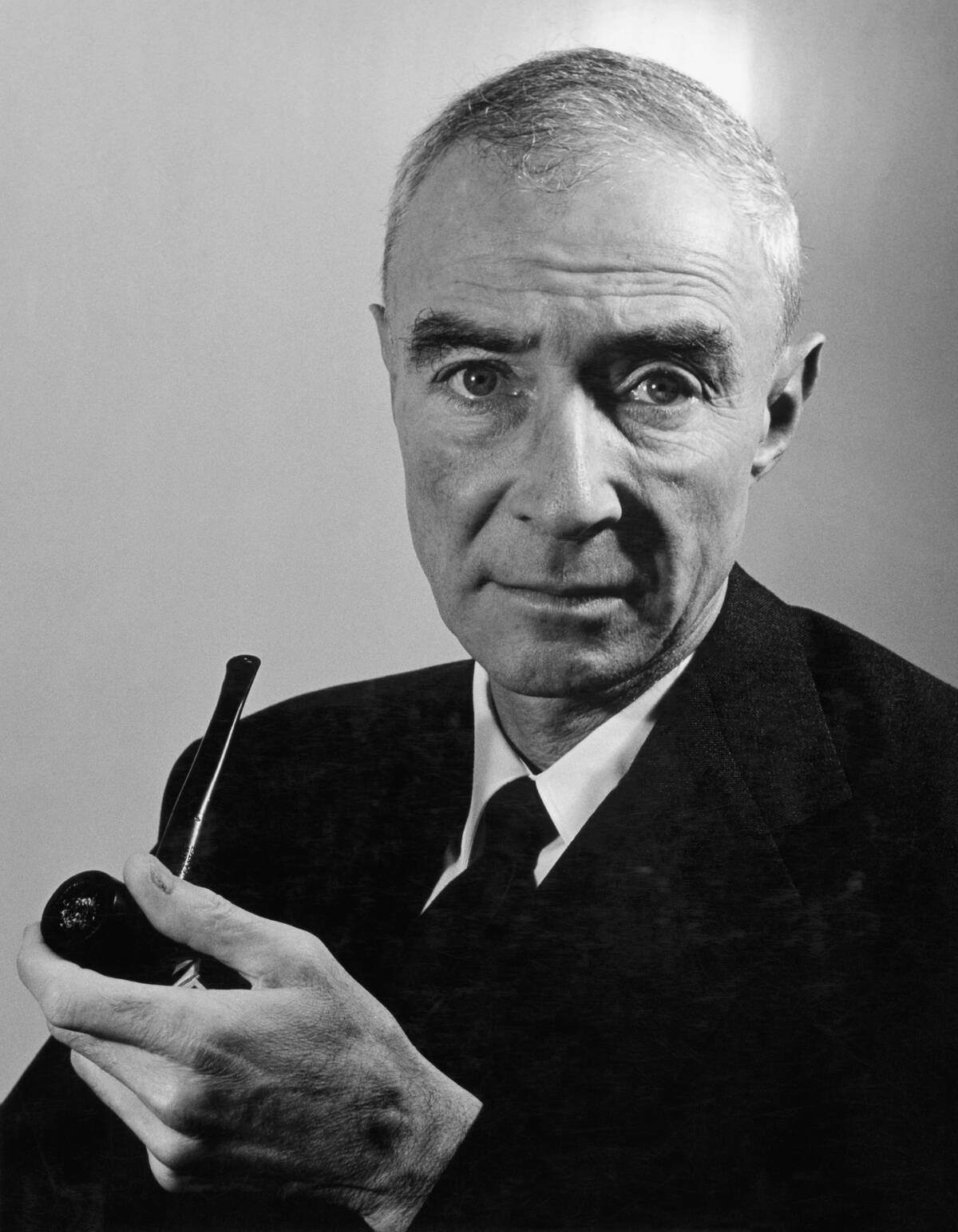
J. Robert Oppenheimer, often called the “father of the atomic weapon,” experienced profound remorse over his role in its creation. After witnessing its devastating power, he famously quoted, “Now I am become Death, the destroyer of worlds.” Oppenheimer’s story is a sobering example of how scientific breakthroughs intended for defense can lead to moral and ethical dilemmas, altering the course of history.
John Sylvan: The Keurig Conundrum

John Sylvan, the creator of the Keurig coffee maker, grew concerned over the environmental impact of the disposable K-Cups. Despite the product’s convenience, Sylvan lamented the waste generated by the single-use pods. His experience underscores the environmental trade-offs that can accompany consumer convenience, highlighting the need for sustainable innovation in everyday products.
The Dilemma of Arthur Galston and Agent Orange

Arthur Galston developed a compound to promote plant growth, but it was later used to create Agent Orange, a defoliant with devastating effects during the Vietnam War. Galston was dismayed by its destructive application. His story is a cautionary tale about the dual-use nature of scientific discoveries, where a beneficial invention can be repurposed for harm, raising ethical questions about the responsibility of scientists.
Kamran Loghman: The Complex Legacy of Pepper Spray

Kamran Loghman helped develop pepper spray for law enforcement, aiming for a non-lethal means of subduing suspects. However, its use in crowd control and protests sparked controversy. Loghman’s mixed feelings reflect the complex legacy of inventions intended for safety but sometimes used in ways that raise ethical concerns. This highlights the importance of considering the broader implications of non-lethal technologies.
The Heavy Heart of Richard Gatling and the Gatling Gun
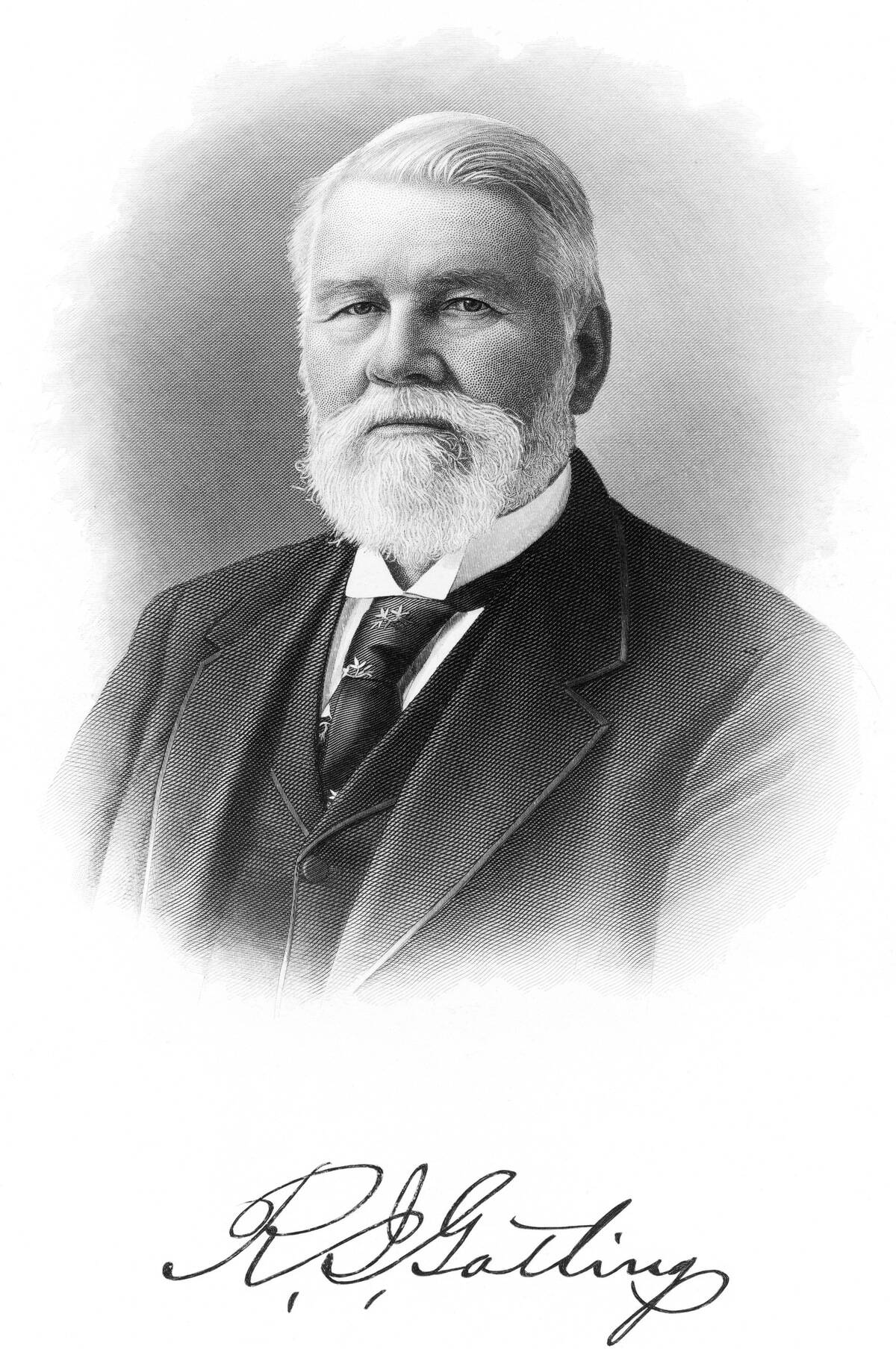
Richard Gatling invented the Gatling gun hoping it would reduce battlefield deaths by ending wars quickly. Instead, it escalated the arms race and increased lethality. Gatling’s invention, intended as a deterrent, became a harbinger of modern warfare. His story is a powerful reminder of how technological innovations in warfare can have unintended consequences, fueling the very conflicts they were meant to prevent.
The Mixed Feelings of George Washington Carver
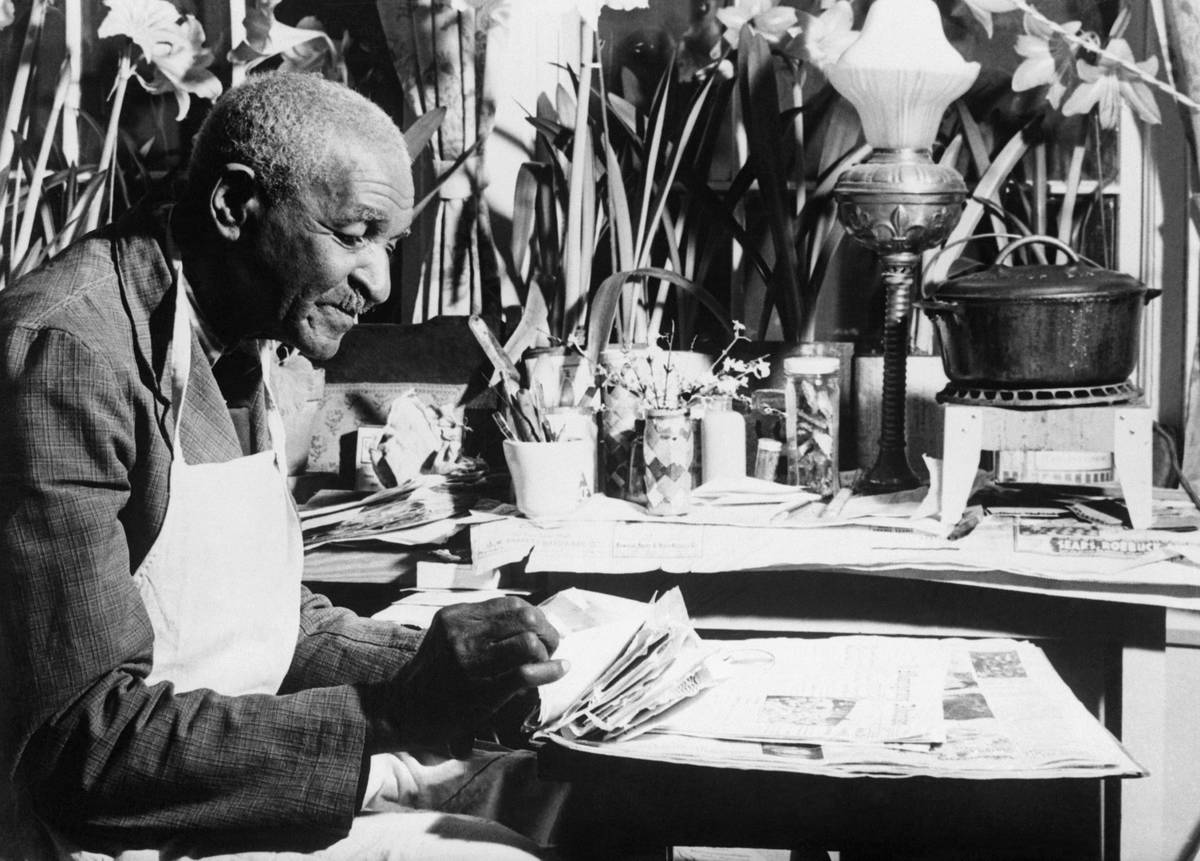
George Washington Carver, known for his innovations in agriculture, especially with peanuts, had mixed feelings about their commercial exploitation. While he aimed to improve the livelihoods of farmers, Carver was concerned about the loss of traditional farming practices. His story reflects the tension between innovation and cultural preservation, highlighting the delicate balance between progress and tradition in agricultural development.
A Reflection on Innovation and Responsibility
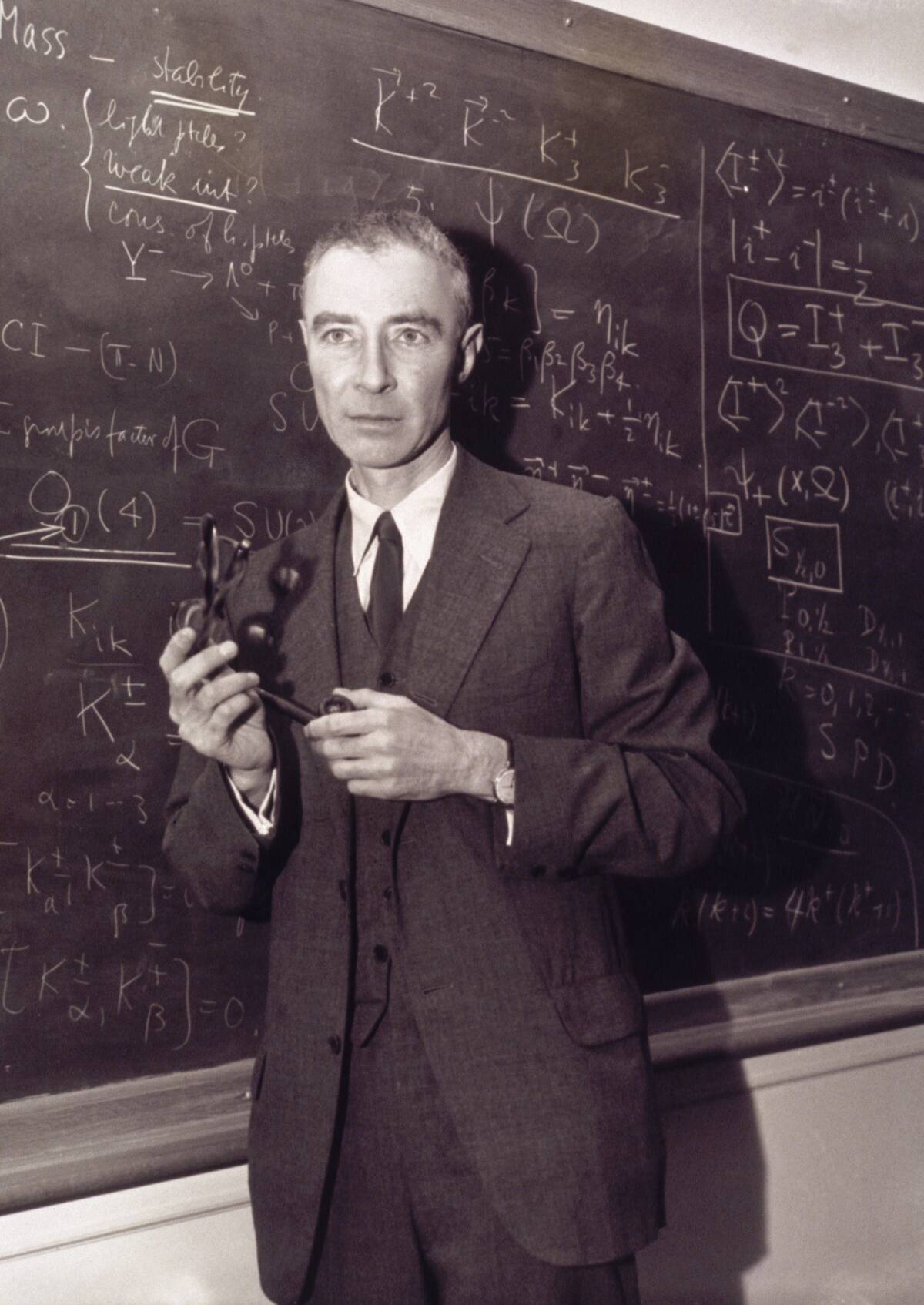
The stories of these inventors highlight the complex relationship between innovation and responsibility. While their creations have shaped the world, they also remind us of the ethical considerations that accompany technological advancement. As we continue to innovate, it’s crucial to weigh the potential impacts and remain vigilant about the broader consequences. These tales serve as a call to action for responsible innovation, where foresight and ethics guide the path forward.



